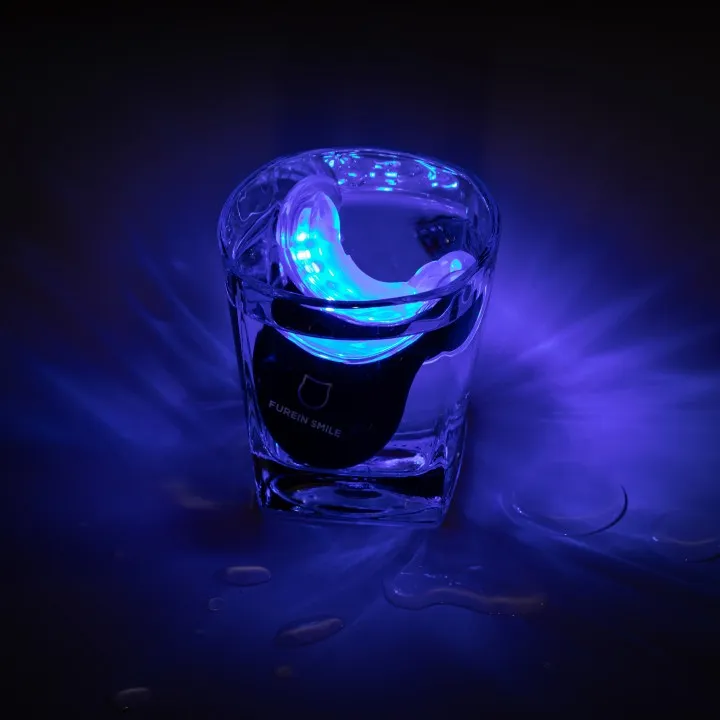What is Teeth Whitening and How Does it Work?
Teeth whitening is a popular cosmetic dental procedure designed to brighten your smile by removing stains and discoloration from your teeth. The process typically involves the use of bleaching agents, most commonly hydrogen peroxide or carbamide peroxide, which penetrate the enamel and dentin to break down stain molecules. These stains can result from various factors such as the consumption of coffee, tea, red wine, and tobacco use, as well as the natural aging process. Teeth whitening can be performed in a dentist’s office (in-office whitening) or at home using custom-fitted trays and whitening gel provided by your dentist, or with over-the-counter products. The effectiveness of the whitening treatment depends on the concentration of the bleaching agent, the duration of the treatment, and the type of staining present.
The Role of Light in Teeth Whitening
Light plays a crucial role in enhancing the effectiveness of teeth whitening treatments. While the whitening agents themselves are responsible for breaking down stains, the application of specific types of light can significantly accelerate this process. The light acts as a catalyst, boosting the chemical reaction between the whitening agent and the tooth’s enamel. This helps to break down the stain molecules more quickly and efficiently, leading to faster and more noticeable whitening results. The use of light in teeth whitening is particularly common in in-office treatments, where powerful light sources are used to maximize the whitening effect within a short period.
Light’s Interaction with Whitening Agents
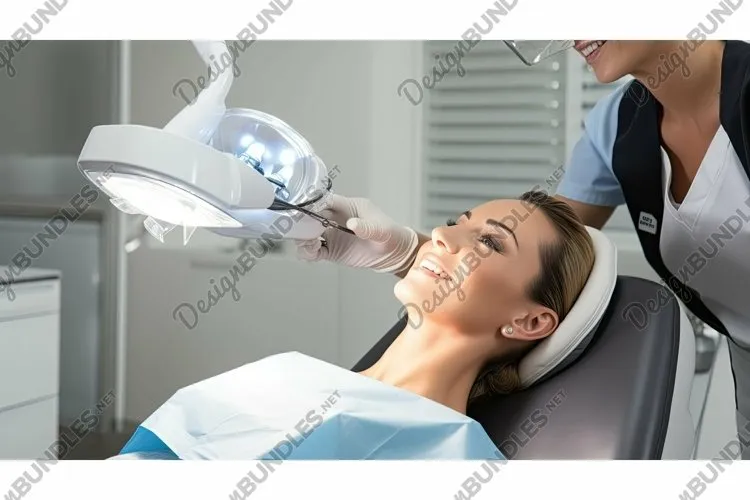
The light used in teeth whitening interacts directly with the whitening agent, typically a peroxide-based solution. When the light is applied, it activates the peroxide molecules, causing them to release oxygen free radicals. These free radicals are highly reactive and are what break down the stain molecules within the enamel and dentin of the teeth. This process is often referred to as photo-oxidation. The light source provides the energy needed to accelerate the chemical reaction, leading to a more rapid and effective whitening process compared to using the whitening agent alone. The specific type of light and its intensity can influence the speed and degree of whitening achieved.
Hydrogen Peroxide and Carbamide Peroxide
Hydrogen peroxide and carbamide peroxide are the two primary bleaching agents used in teeth whitening. Hydrogen peroxide is a stronger and faster-acting agent, often used in higher concentrations for in-office treatments. Carbamide peroxide, on the other hand, breaks down into hydrogen peroxide, and is commonly used in at-home whitening kits because it is gentler and releases peroxide more slowly. The concentration of these agents varies, affecting the speed and intensity of the whitening. The light helps to activate these agents, making them more effective at breaking down stain molecules within the tooth structure. The process is generally considered safe when performed under the supervision of a dental professional.
Accelerating the Whitening Process
The primary benefit of using light in teeth whitening is to accelerate the whitening process. By applying light, dentists can significantly reduce the treatment time compared to using whitening agents alone. This is because the light energy boosts the chemical reaction, causing the bleaching agent to break down stains more rapidly. Patients can often achieve dramatic results in a single in-office session. The exact acceleration depends on the light source, the concentration of the bleaching agent, and the patient’s individual tooth characteristics. In many cases, light-activated whitening can lead to several shades of improvement in a single treatment, offering a convenient and effective solution for those seeking a brighter smile.
Types of Light Used in Teeth Whitening
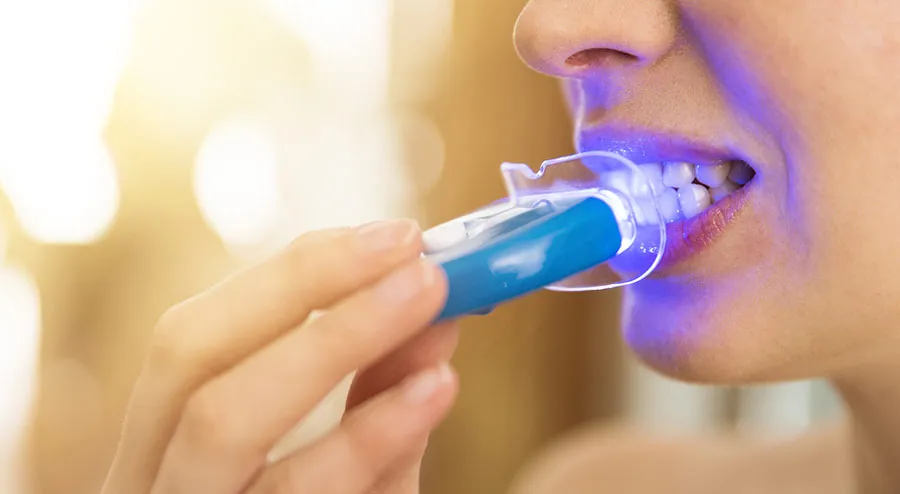
Several types of light are used in teeth whitening procedures, each with its own characteristics and advantages. The choice of light often depends on the dentist’s preference, the specific whitening system being used, and the desired results. These lights emit specific wavelengths that activate the bleaching agents. The most common types are LED, Halogen and Laser lights.
LED Light
LED (Light Emitting Diode) light is a popular choice for teeth whitening due to its efficiency and safety. LED lights emit a focused beam of blue light, which is highly effective at activating the bleaching agents. They produce minimal heat, reducing the risk of tooth sensitivity and discomfort during the procedure. LED systems are often preferred for in-office whitening treatments because they offer a balance of effectiveness and patient comfort. The light is directed at the teeth coated with the whitening gel, accelerating the bleaching process and leading to faster and more noticeable whitening results. Modern LED systems are designed to deliver consistent light intensity, ensuring optimal whitening outcomes.
Halogen Light
Halogen lights were among the first types of light used in teeth whitening. They are known for their high intensity, which can accelerate the whitening process effectively. However, halogen lights also generate more heat compared to LED lights, which can potentially cause increased tooth sensitivity and discomfort during the treatment. Due to these factors, halogen lights are less commonly used in modern teeth whitening procedures, with LED and laser technologies often preferred for their improved safety and efficiency profiles. If used, halogen lights are carefully controlled to minimize heat exposure and ensure patient comfort.
Laser Light
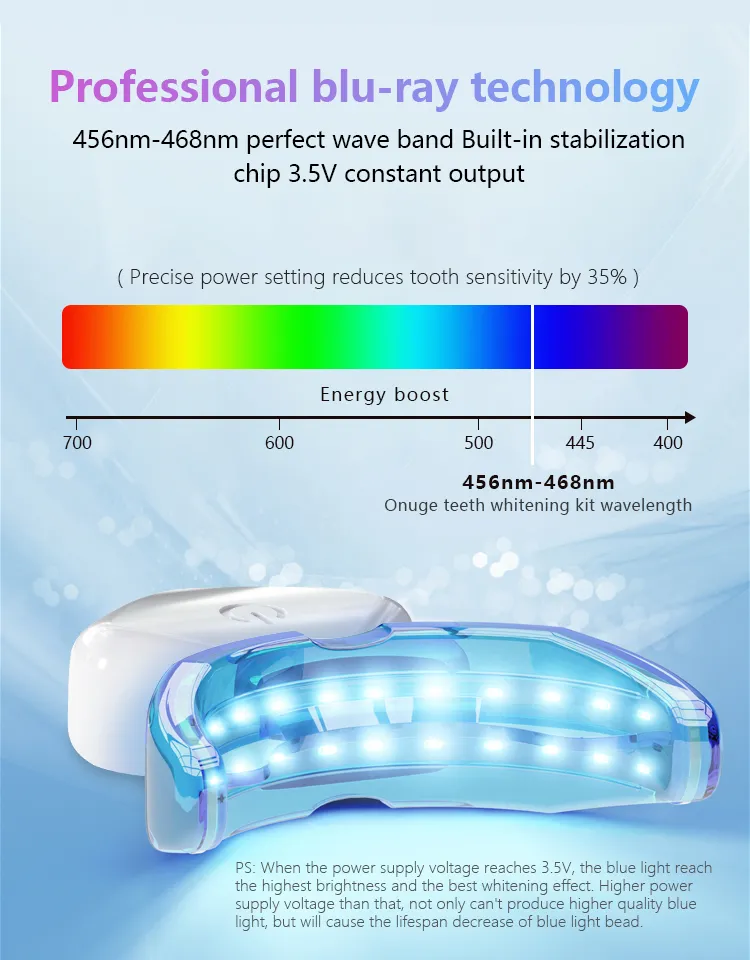
Laser light is used in some advanced teeth whitening systems. Lasers offer precise control over the light’s intensity and wavelength, which can be optimized for specific whitening agents and tooth conditions. This can lead to very effective and rapid whitening results. However, laser teeth whitening procedures can be more expensive than other methods. The use of laser light in teeth whitening requires specialized training and expertise, and the procedure is typically performed by experienced dental professionals. As with other light-activated methods, the laser energy activates the bleaching agent, accelerating the breakdown of stain molecules and leading to a brighter, whiter smile.
Benefits of Light-Activated Teeth Whitening
Light-activated teeth whitening offers several benefits over traditional whitening methods. The most significant advantages include enhanced whitening results and shorter treatment times. These benefits make it a popular choice for individuals seeking a quick and effective way to improve their smile. The combination of advanced whitening agents and light technology provides superior results in a shorter time frame compared to at-home treatments or treatments without light activation.
Enhanced Whitening Results
One of the primary benefits of light-activated teeth whitening is enhanced whitening results. The light accelerates the bleaching process, allowing the whitening agents to penetrate the enamel and dentin more effectively. This often leads to more dramatic improvements in tooth shade compared to treatments without light. Patients can typically achieve several shades whiter in a single session. The light boosts the effectiveness of the bleaching agent, resulting in a brighter and more consistent whitening effect across the entire tooth surface.
Shorter Treatment Times
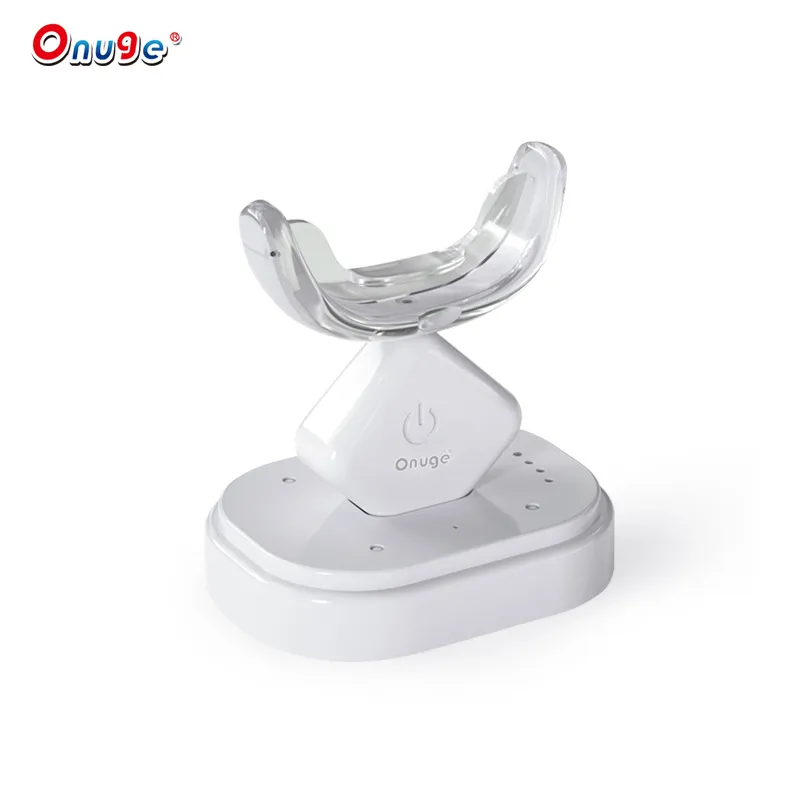
Light-activated teeth whitening significantly reduces treatment times. In-office procedures can often be completed within one hour, making it a convenient option for busy individuals. The light speeds up the chemical reaction, allowing the whitening agents to work more efficiently. This means that fewer treatment sessions are required to achieve the desired results. Shorter treatment times reduce the overall time commitment and allow patients to enjoy their brighter smiles sooner.
Potential Risks and Side Effects
While light-activated teeth whitening is generally safe, it is essential to be aware of potential risks and side effects. These can include tooth sensitivity and gum irritation, which are usually temporary and resolve shortly after the treatment. The risks and side effects are often minimal, especially when the procedure is performed by a qualified dental professional. It’s important for patients to discuss any concerns with their dentist prior to undergoing the treatment to ensure a safe and comfortable experience.
Tooth Sensitivity
Tooth sensitivity is a common side effect of teeth whitening, including light-activated procedures. This occurs because the bleaching agents can temporarily make the enamel more porous, allowing the chemicals to reach the nerves in the teeth. The intensity of the sensitivity can vary, ranging from mild discomfort to a more noticeable ache. Tooth sensitivity typically subsides within a few days after the treatment. Dentists may recommend using desensitizing toothpaste or applying fluoride treatments to help alleviate the sensitivity. It’s essential to inform the dentist if sensitivity is excessive to adjust the treatment plan accordingly.
Gum Irritation
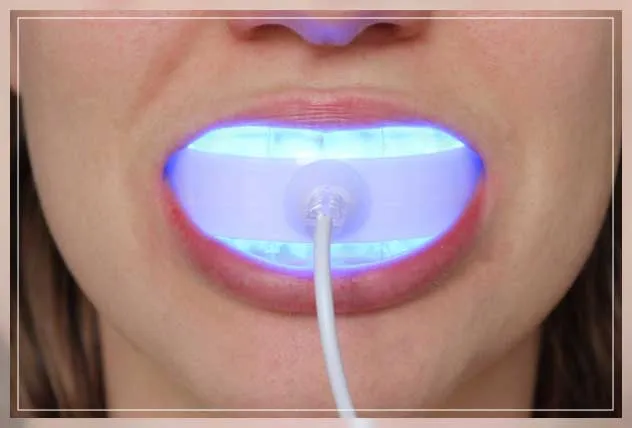
Gum irritation is another potential side effect of light-activated teeth whitening. This can occur if the bleaching agent comes into contact with the gums during the procedure. The irritation typically manifests as redness, swelling, or tenderness in the gums. Dentists take precautions to protect the gums, such as using a protective barrier before applying the whitening gel. Gum irritation is generally temporary and resolves within a few days after the treatment. Patients should inform their dentist if they experience any significant gum irritation to ensure proper care and management.
Who is a Good Candidate for Light-Activated Whitening?
Good candidates for light-activated teeth whitening are individuals with healthy teeth and gums who are looking to improve the appearance of their smile. Ideal candidates typically have stains and discoloration caused by factors such as coffee, tea, tobacco use, or aging. Those with existing dental work, like fillings or crowns, should be aware that the whitening treatment will not affect the color of these restorations. It is best to consult a dentist to determine the best course of treatment for the individual’s specific needs and oral health status. Patients with significant dental issues may need to address these problems before undergoing whitening.
The Teeth Whitening Procedure Step-by-Step
The teeth whitening procedure involves several key steps, from initial consultation to post-treatment care. Understanding each step of the process can help patients feel more informed and comfortable during their visit. The overall procedure is designed to ensure safe and effective whitening, with personalized attention from the dental professional. Following these steps will ensure the best possible outcome and a brighter, more confident smile.
Pre-Treatment Consultation
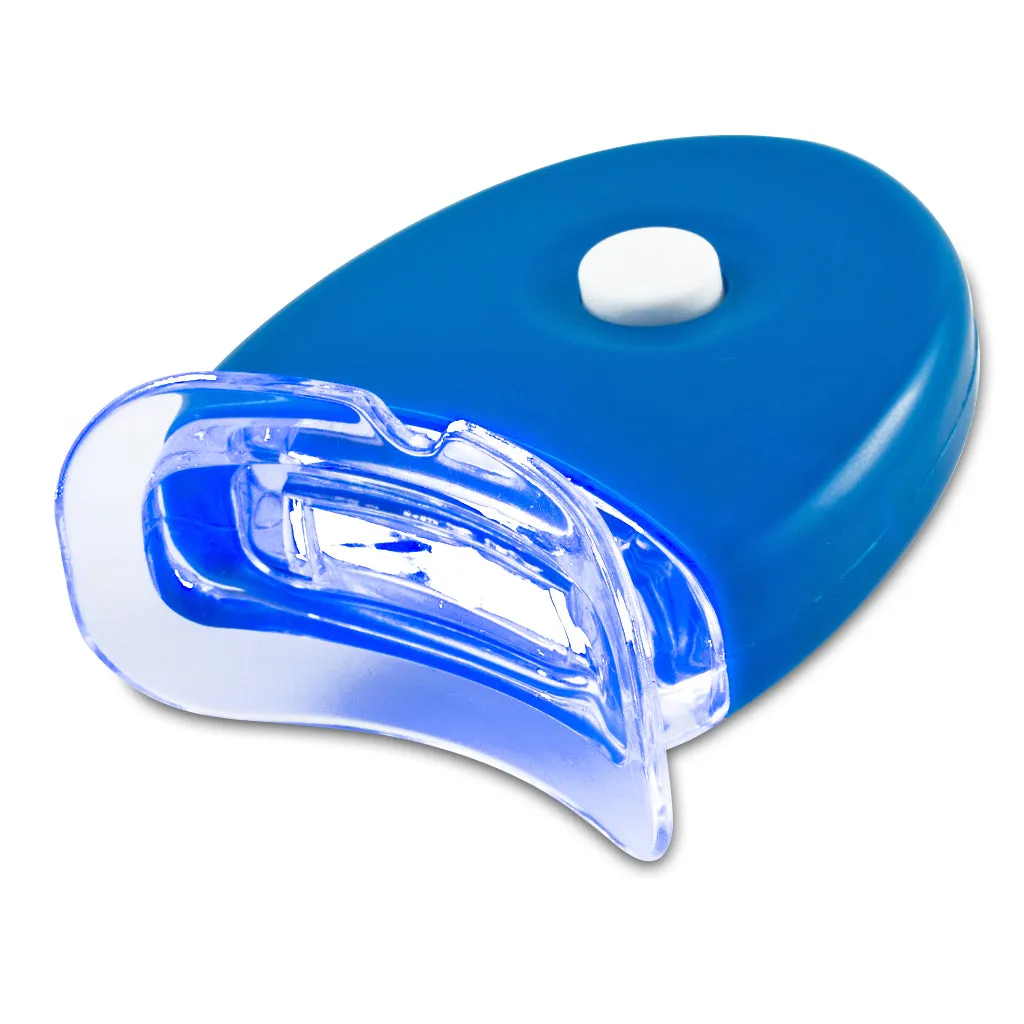
Before undergoing light-activated teeth whitening, a pre-treatment consultation is essential. During this consultation, the dentist will assess the patient’s oral health, discuss their expectations, and determine if they are a good candidate for the procedure. The dentist will examine the teeth and gums for any existing dental issues, such as cavities or gum disease, which need to be addressed before whitening. The consultation provides an opportunity to discuss the whitening process, potential risks, and expected outcomes. The dentist will also take the patient’s current tooth shade and make a plan that best suits their needs. The consultation ensures that the procedure is safe and effective for each individual.
Applying the Whitening Gel
Once the consultation is complete and the patient is ready for treatment, the next step involves applying the whitening gel. The dentist will first isolate the teeth, often using a cheek retractor and other protective measures to keep the gums and soft tissues safe. A protective barrier may be applied to the gums to prevent irritation from the bleaching agent. The whitening gel, typically containing hydrogen peroxide or carbamide peroxide, is then carefully applied to the surface of the teeth. The gel is applied evenly, ensuring that all visible tooth surfaces are covered. The concentration of the gel will vary depending on the specific whitening system being used and the desired results.
Light Activation
After the whitening gel has been applied, the light activation process begins. A specific type of light, such as LED or laser, is directed at the teeth. The light activates the bleaching agents, accelerating the process of breaking down stain molecules. The light is typically applied for a set amount of time, and the process may be repeated several times during the treatment session. The dentist will monitor the patient’s comfort during the light activation and make adjustments as needed. The entire procedure is designed to be as comfortable as possible, and the light is carefully positioned to ensure even coverage of the teeth. This crucial step allows the light to maximize the effectiveness of the whitening gel, leading to faster and more significant whitening results.
Post-Treatment Care and Maintenance
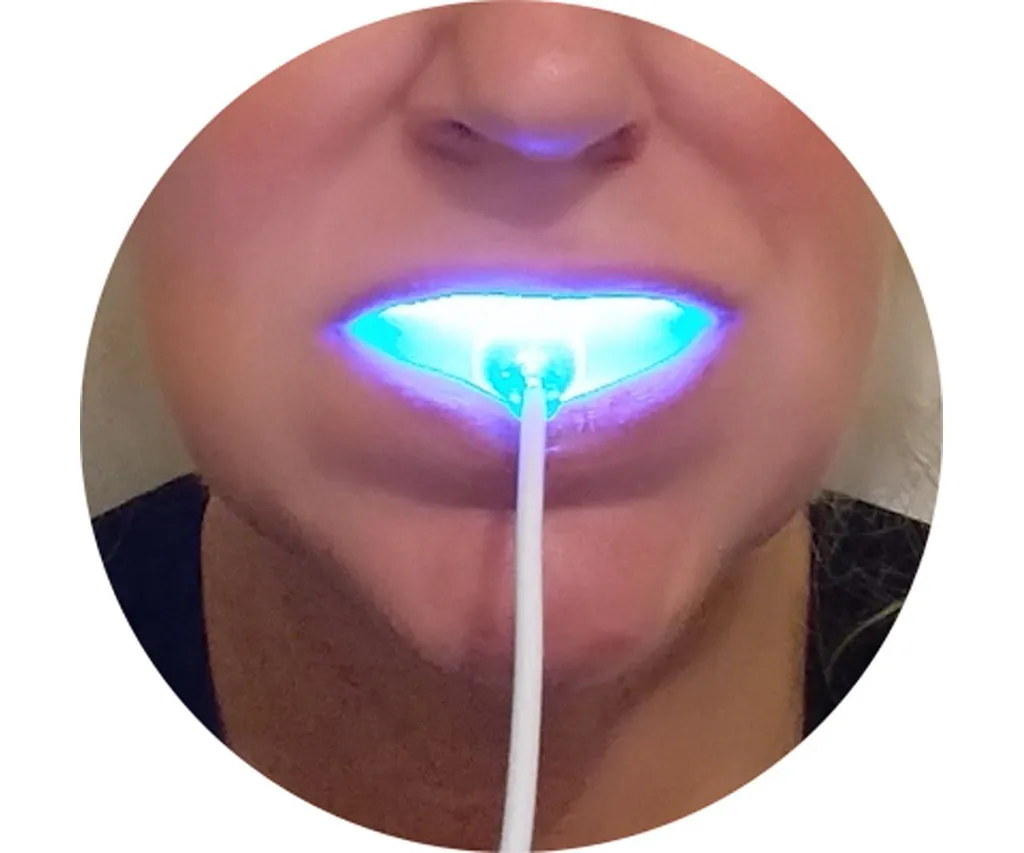
Following a light-activated teeth whitening procedure, proper post-treatment care and maintenance are crucial to maintaining the results. Patients should follow the dentist’s instructions, which will typically include avoiding certain foods and beverages that can stain the teeth, such as coffee, tea, red wine, and dark-colored sodas, for at least the first 24 to 48 hours. Avoiding tobacco products is also recommended. Regular dental check-ups and cleanings are essential to maintain oral health and extend the effects of the whitening treatment. At-home whitening maintenance products, such as whitening toothpaste or touch-up trays, may be recommended to help maintain the brightened smile. Proper post-treatment care will help patients keep their teeth looking their best for a longer period.
